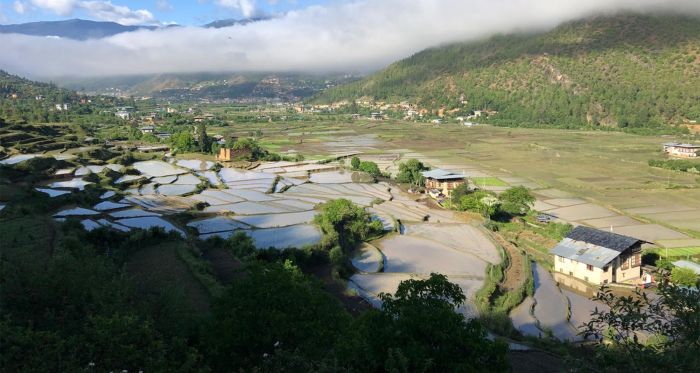In March 2020, as the coronavirus pandemic was unfolding, two survey teams journeyed for 14 days across Bhutan, each group starting at opposite ends of the country and meeting in the middle. They travelled along an ancient trekking route, clearing the jungle, fording rivers, and recording historical and cultural sites. In some places, the path was well-maintained; in others, the routes had not been used since the late 1960s after the national highway was constructed. Along the way, local spirits and deities had to be appeased, communities provided hospitality and assistance, elders shared stories of the past, and children marvelled at this unusual group, even as Bhutan and the world were enveloped in the emerging COVID crisis. In an era when it is possible to drive this distance in days or fly over it in hours, why spend days walking this ancient footpath?
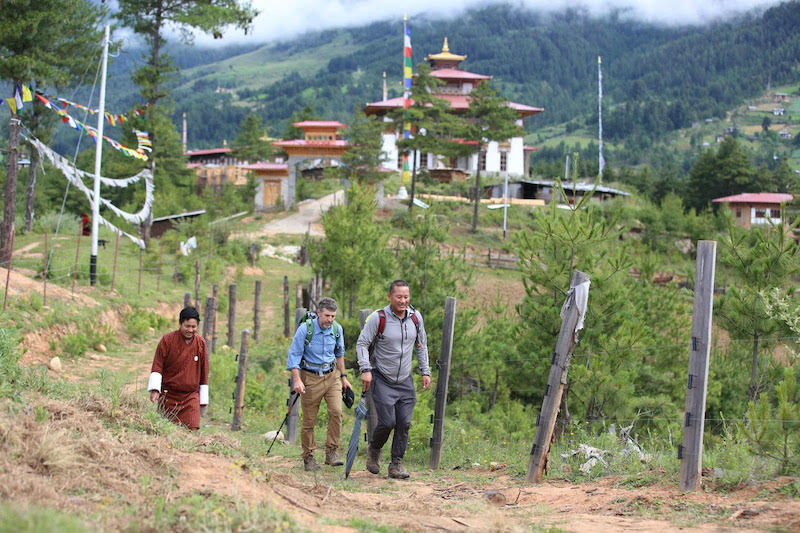
The expedition, sponsored by the Bhutan Canada Foundation and the Tourism Council of Bhutan (TCB), made the journey to initiate work on restoring the Trans Bhutan Trail (TBT). Bhutan is a small country nestled in the folds of the Himalayas. Its steep mountain ridges and deep valleys are, for the most part, sparsely populated with scattered settlements of people living in agrarian villages and small towns. Trails historically provided the lifeblood for economic and social activities across these isolated communities. This trail links nine traditional Dzongs (fortresses) that were of critical strategic importance to the unification and defence of early Bhutan. But the importance of trails is not relegated to a distant past. Indeed, current experience across the globe demonstrates the multifaceted impact trails can have on local communities.
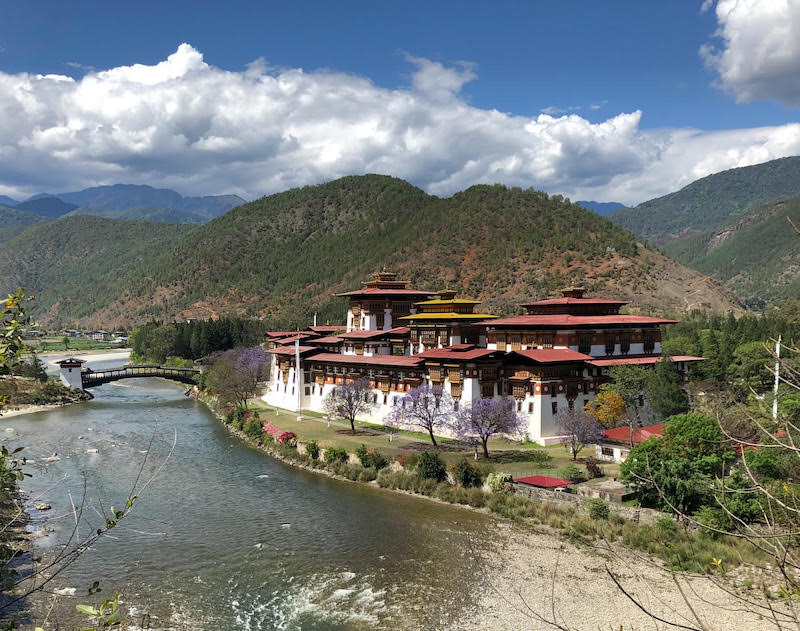
Internationally, several efforts have been made to quantify the economic, social, cultural, and ecological value of long-distance trails. Likely the most well-known of these, The Camino De Santiago, hosted 347,578 trekkers in 2019. A 2018 study found that pilgrims provided numerous economic and social benefits including increased spending, employment, increased property values, and a curbing of rural population decline.
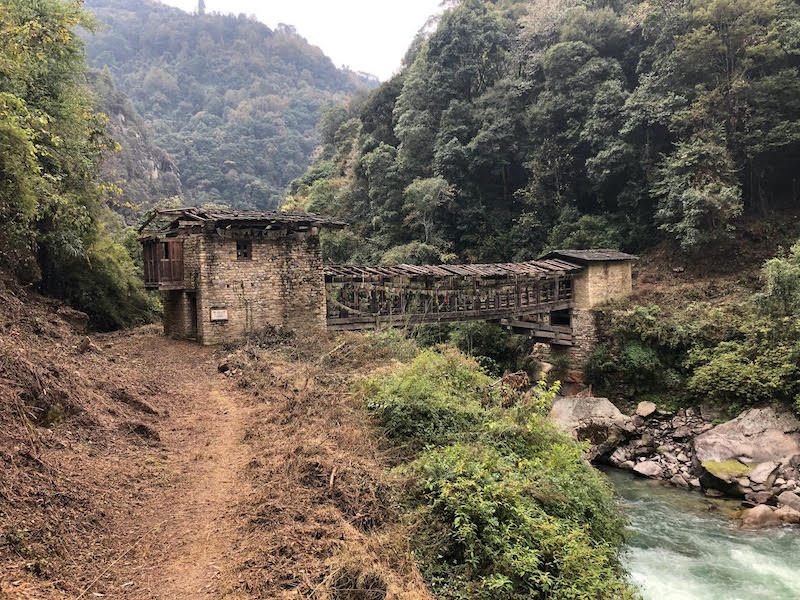
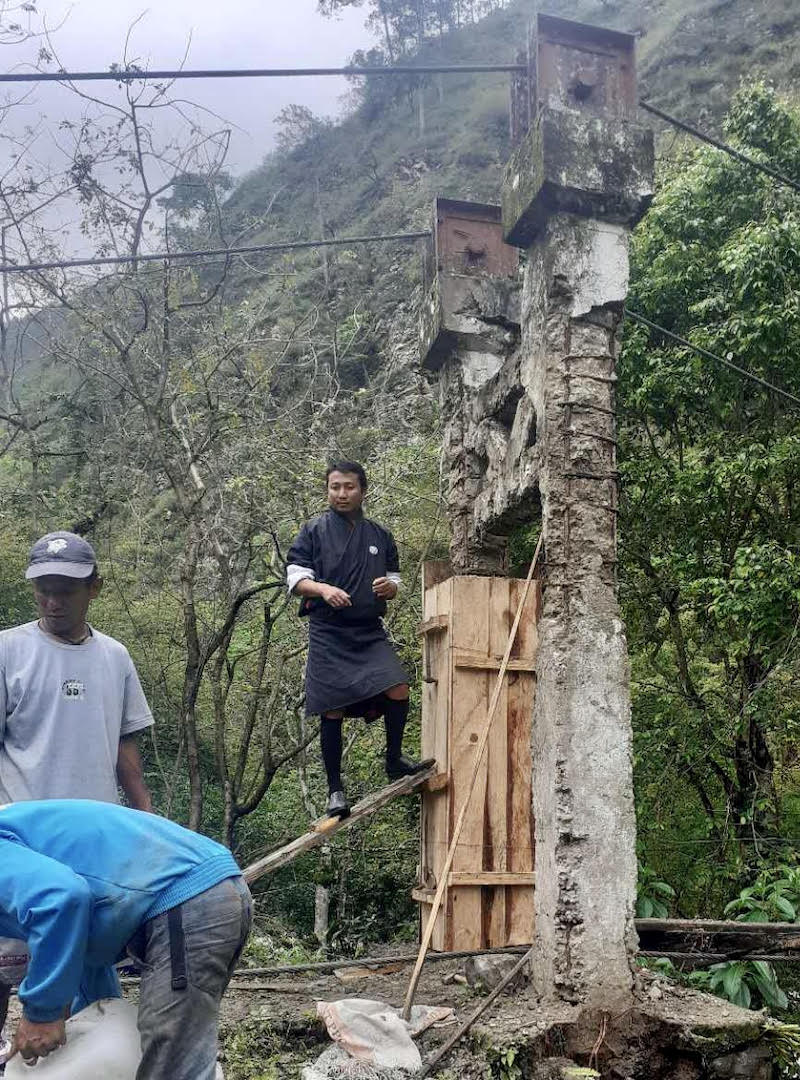
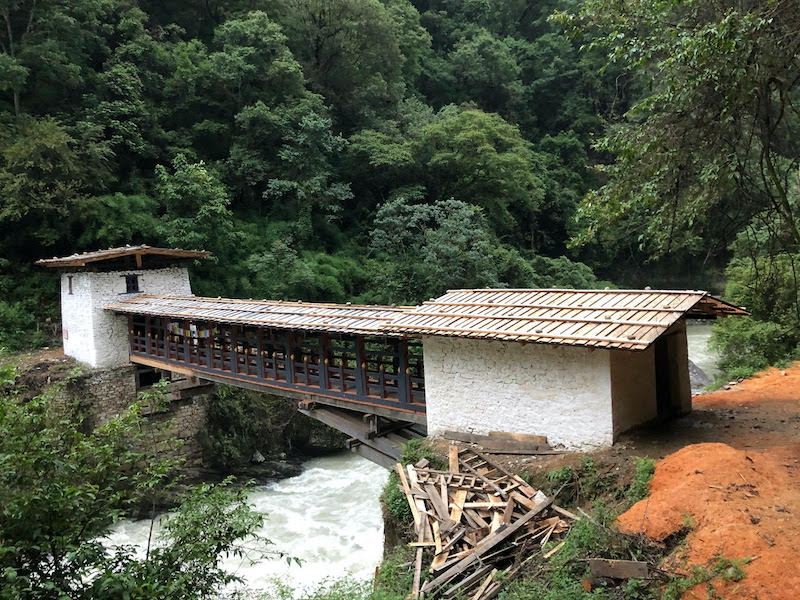
Trails not only generate value for local communities, but they also distribute economic benefit as trekkers move at a human pace across a landscape. A five-year study of the South West Coastal Path (SWCP) in the U.K. showed that the number of full-time jobs sustained by expenditures incurred by SWCP walkers increased by 1,877 to 11,193 over the period. Not only did these studies show an increase in economic impact, but that this value was shared across the length of the trails as trekkers purchased goods and services along their journey. In the case of the Jeju Olle Trail in Korea, the path anchors a wide range of social and community enterprises and a trail-based arts and culture festival that benefit from and support the Jeju Olle Foundation.
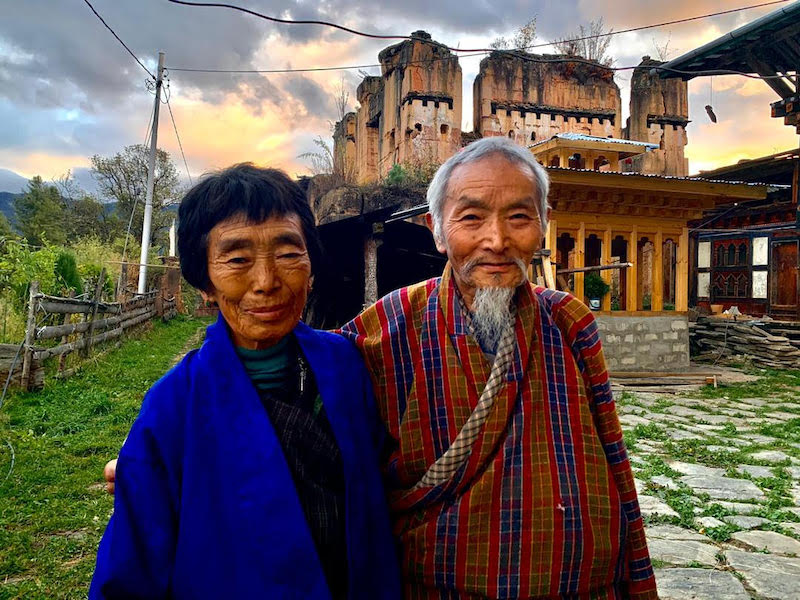
COVID-19 has reinforced the value of trails with dramatic increases in usage around the globe. Communities have embraced their local trails as a safe recreation option with the added benefit of generating a vibrant social atmosphere at a time when other community facilities such as places of worship and sports and performance facilities have been closed. This trend will likely continue locally but will also be an integral part of post-COVID sustainable tourism strategies. Many jurisdictions have taken COVID as an opportunity to invest in trail infrastructure, bike paths, and parks to provide outdoor activities for citizens and future visitors.
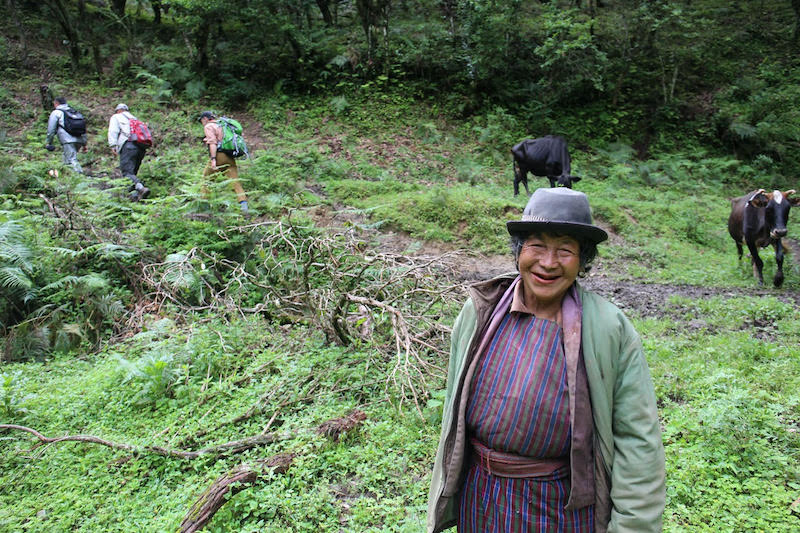
Perhaps more than most, the country of Bhutan is particularly attuned to the potentially multifaceted and integrated impact trails can have. Bhutan’s national development strategy, known as Gross National Happiness, or GNH, articulates a conceptualization of development that moves beyond economic growth and incorporates interrelated economic, social, ecological, cultural, and governance domains. It is an attempt to construct development in a holistic manner that addresses the multiple dimensions of being human. This is reflected in Bhutan’s actual development path. Prior to COVID-19, the country experienced solid economic growth paired with a dramatic reduction in poverty, all while remaining carbon negative. This balanced GNH approach is at the heart of the reconstruction of the Trans Bhutan Trail. The impacts of the trail, both existing and expected, reflect GNH’s multidimensional lens.
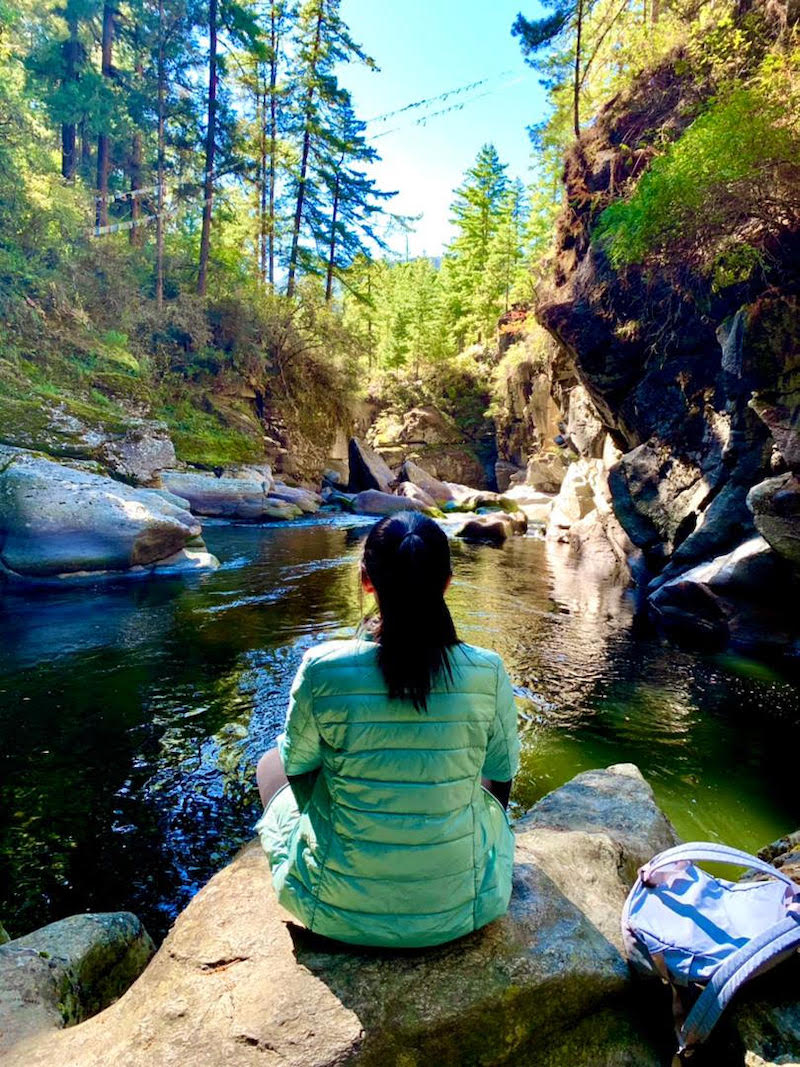
A key impact of the restoration of the Trans Bhutan Trail will be on health. In recent years, Bhutanese people, especially the younger generation, have succumbed to a modern lifestyle characterized by time spent on gadgets and eating junk food. Roads, cellphones, and packaged foods come with modernization, as does a sedentary lifestyle, depression, and obesity. Most nations struggle with these issues and the associated costs. Walking will not solve this, but active, healthy, and fit citizens require less medical care and contribute more to society. Many jurisdictions are currently exploring ways to integrate hiking and other physical activities into health policy. The re-introduction of community health walks and initiatives such as nature and exercise prescription programs are examples of low-cost investments in community health. In Bhutan, engaging with clubs, communities and through association with the Bhutan Scouts Association and Desuung organization are all part of the TBT strategy to collaboratively promote trekking to address physical and mental health issues.
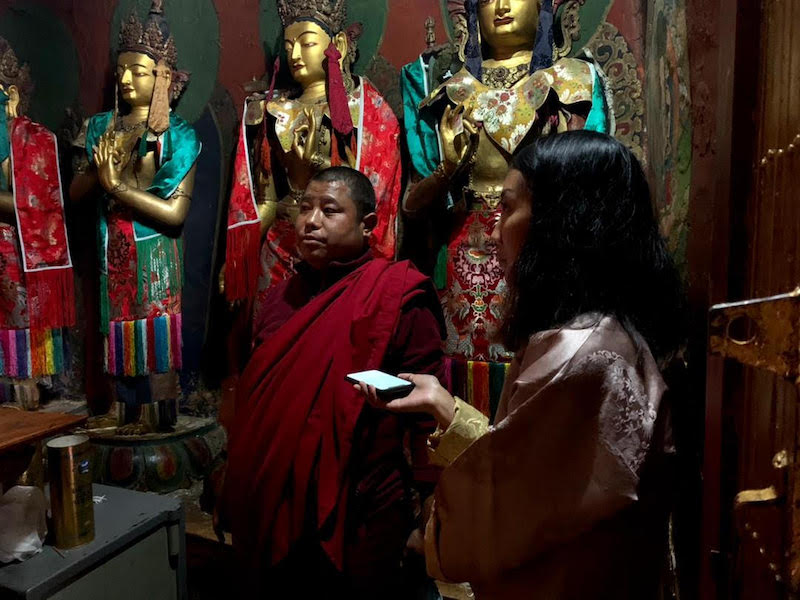
A further impact of the TBT will be youth engagement. With the upcoming launch of Gyalsung – Bhutan’s National Service for citizens when they reach 18 years – the trail will be busy throughout the year, providing opportunities for youth. Within a decade, more than 100,000 Gyalsups will have walked across the entire stretch or a section of the TBT as part of their Gyalsung training program. As they trek, Gyalsups will learn about ancient and modern history and see first-hand innovative development and entrepreneurship projects. They will also undertake vital community services along the way. After a certain period, almost every Bhutanese will have walked on the TBT, becoming familiar with different regions, common stories, diverse experiences, and rich reflections about Bhutan.
The TBT’s restoration will also bring notable community benefits. Emerging anecdotal evidence suggests that villagers are accessing additional grazing land for cattle. Domestic tourists, who cannot travel outside the country due to COVID, are taking hiking holidays. And the trail is providing new routes for pilgrimage to spiritual sites.
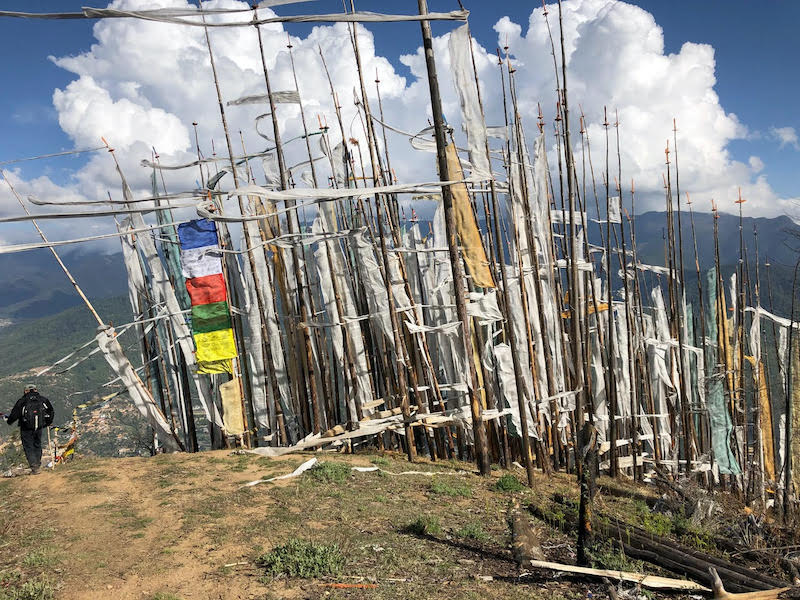
The TBT is first and foremost a trail for Bhutan. However, the intention is that it becomes one of the world’s great trekking routes. In this sense, the TBT is closely aligned with the Tourism Council of Bhutan’s (TCB) strategy for generating sustainable economic growth. Of the 315,599 visitors to Bhutan in 2019, just 4,780 were registered for trekking expeditions, more than half of them for only two or three nights. Among leisure travellers, 68 per cent visit for five or six nights and 0.8 per cent for 15 nights or more. Most of this time is spent in the tourist areas of Paro, Thimphu, and Punakha. In this context, the TBT is one part of TCB’s strategy of “high-value, low impact” tourism. When tourism re-starts in the coming months, it will be one of the high-profile attractions drawing more travellers for longer stays in areas that historically have had fewer visitors, contributing to a focus on trekking infrastructure across the country.
With more people walking the trail, there will be several economic benefits. The TBT will support eco-tourism. Local communities can run homestays and other services. Hikers will buy food supplies locally as they take multi-day trips or arrange for luggage to be shuttled to accommodations along the way. They will also engage guides to better understand and connect with local stories and culture, creating further employment opportunities.
The value proposition for visitors is equally appealing. From a ‘slow tourism’ perspective, the trail will provide a unique opportunity for international trekkers to engage in culture at a human pace, to learn first-hand about Gross National Happiness and how Bhutan’s community-based forestry practices and nature protection work makes it a haven for rare and endangered species and one of only three carbon negative countries in the world. After the recovery from COVID-19, and with increased interest in nature-based sustainable tourism, there is a great opportunity for Bhutan to be one of the premier trekking and mountain biking destinations on earth.
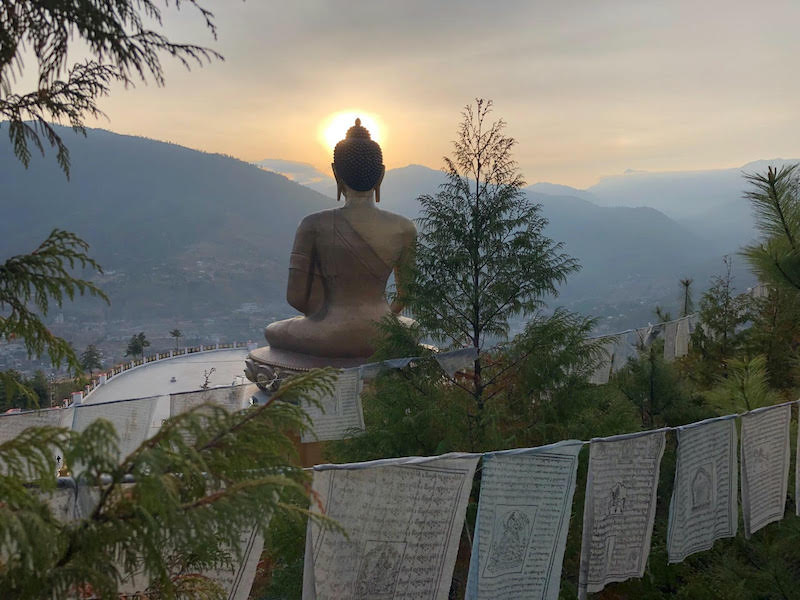
It is just a path through the woods, past paddy fields and over hills, but there is a reason that the Bhutanese of yesteryear created this route and why, in a changing world, the future vision of the trail is so important. The pandemic has provided a critical moment in time to reflect on how we as individuals are interdependent with one another, our past, our future and with the future of the planet. For Bhutan and its GNH approach, it is a time to strengthen its commitment to protect and celebrate its culture and history while drawing global attention to this small nation’s commitment to addressing climate change and ensuring a legacy (and a path) for generations to come. One small contribution to this mission is the TBT, a trail that protects and celebrates culture and nature while providing balanced opportunities for community enterprise. Canadian involvement in this project through the Bhutan Canada Foundation has provided a catalyst for development, building on a long history of good relations between our two nations.
This guest Dispatch from the Bhutan Canada Foundation is adapted with permission from “Trans Bhutan Trail: Tracing the Footsteps of the Ancestors on a Path to the Future.” The Druk Journal: A Journal of Thoughts and Ideas. (Spring 2021. Volume 7, Issue 1) http://drukjournal.bt/wp-content/uploads/2021/05/Trans-Bhutan-Trail.pdf
